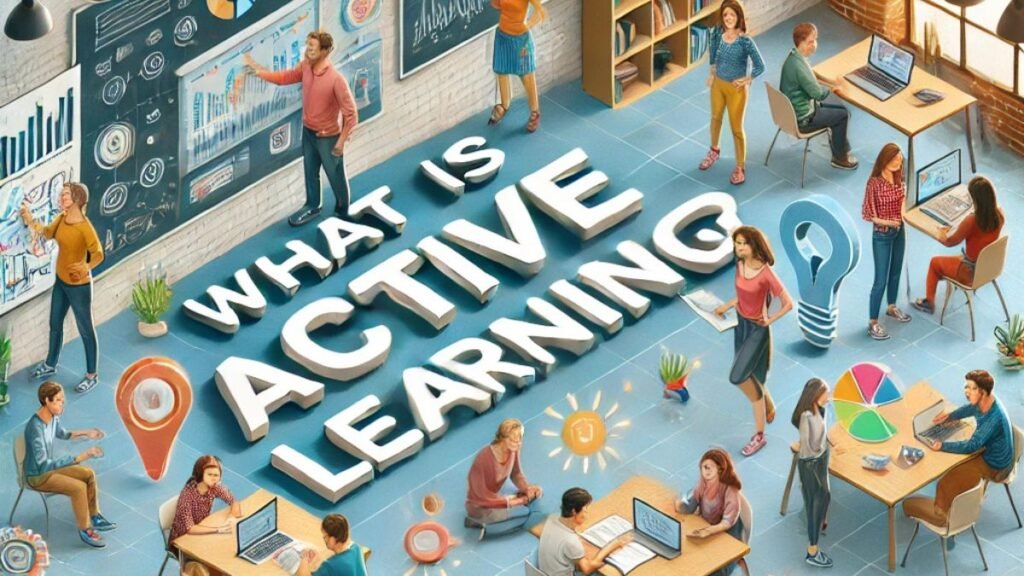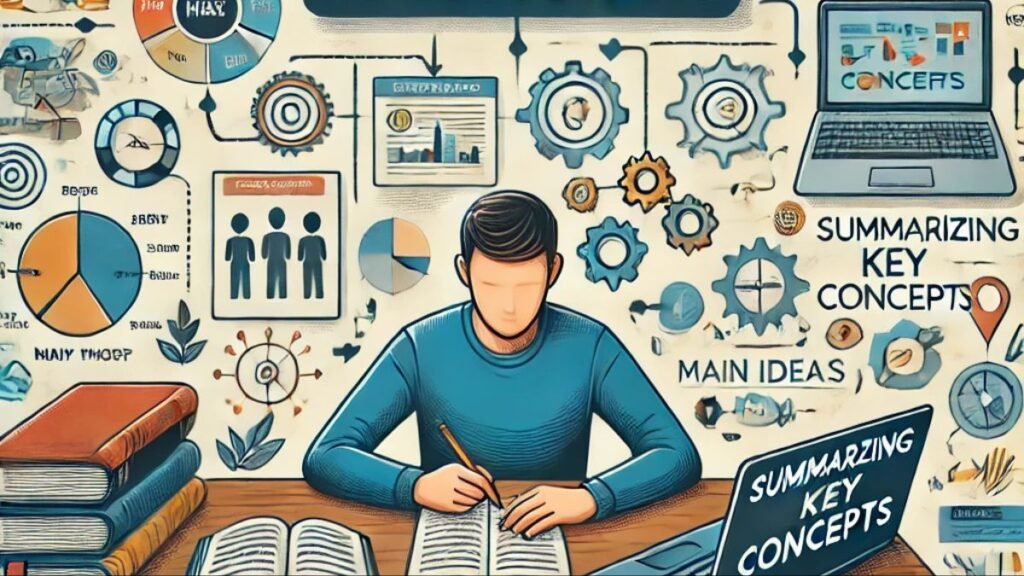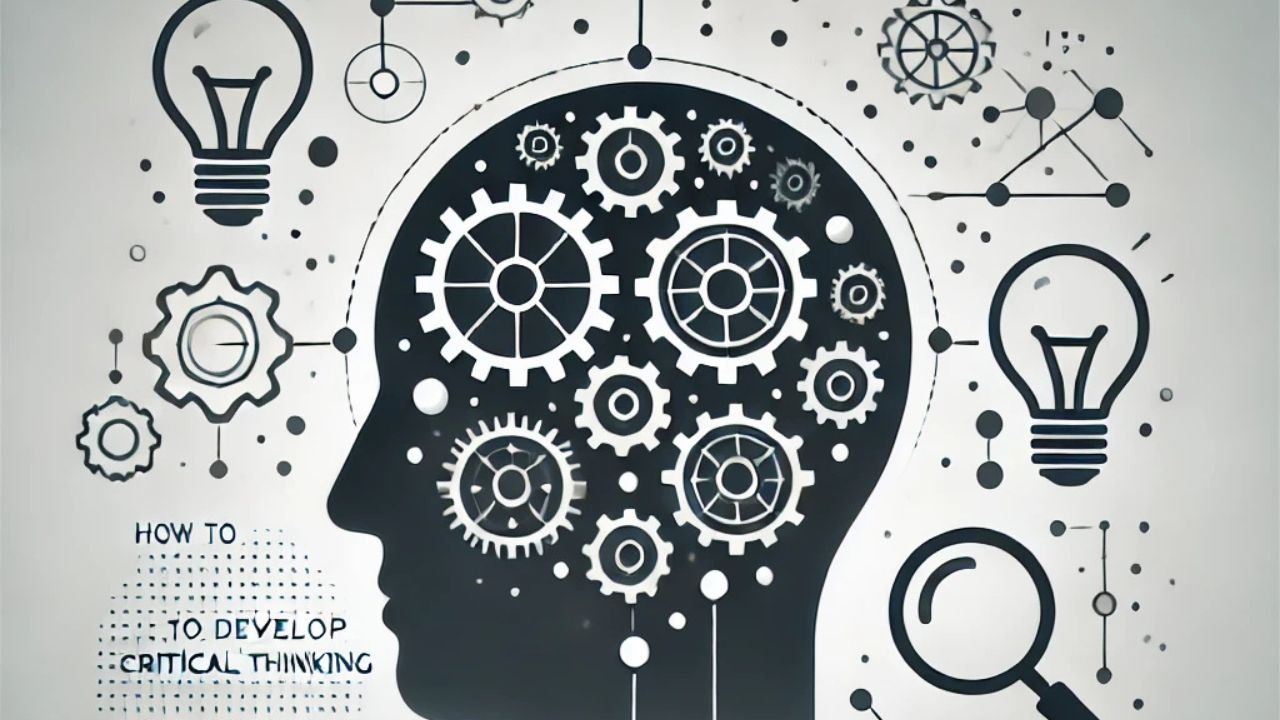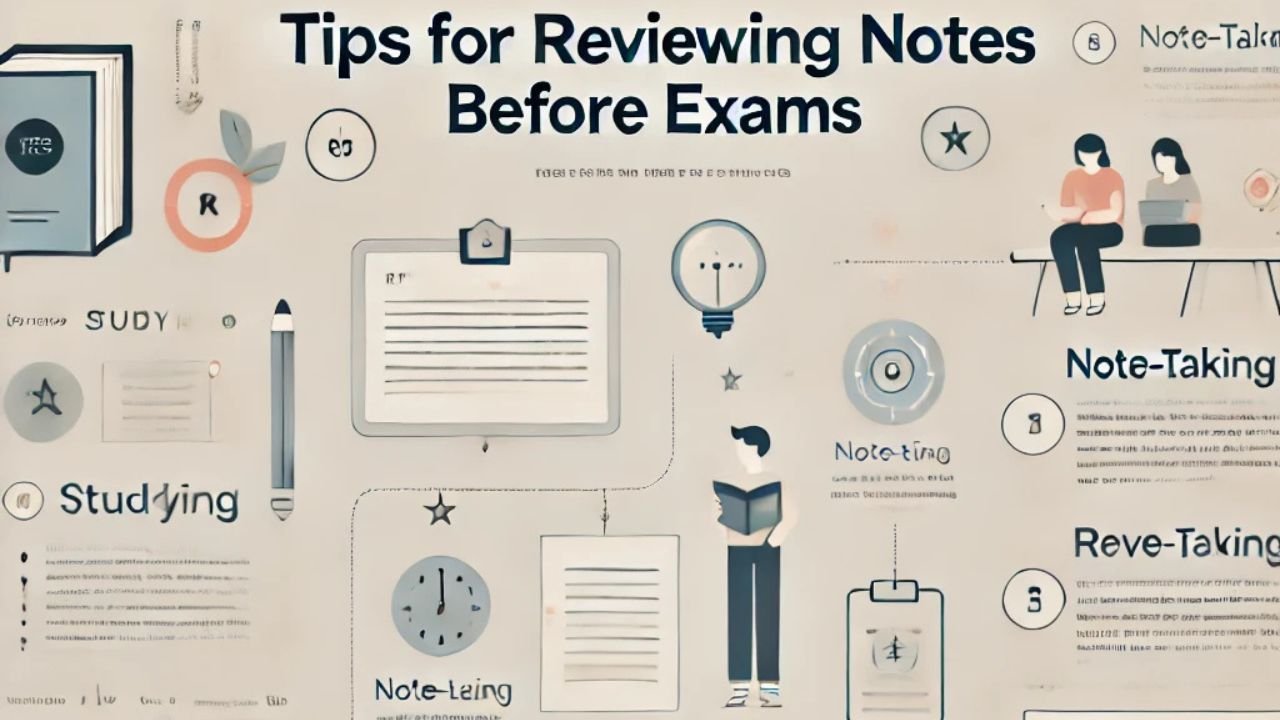When it comes to studying, many students fall into the trap of simply reading or passively taking notes. These methods seem effective in the short term but often fail to help you retain information in the long run. The secret to better learning lies in active learning strategies, a more engaging and effective approach involving students in the learning process. This blog post will explore active learning. why does it work? how to implement it, and where you can apply it in your study routine.
What is Active Learning?
Active learning is an interactive teaching approach designed to engage students directly in their educational journey. It requires students to participate, think critically, and apply concepts rather than passively absorbing information. Unlike traditional learning methods, where the teacher lectures and students simply listen or take notes, active learning emphasizes engagement, interaction, and collaboration.
Instead of just memorizing facts or concepts, students engage in activities that make them think deeply about the material. They apply their knowledge, ask questions, and discuss ideas with peers. This type of learning builds a deeper understanding, making the knowledge stick longer and become more meaningful.

Why Active Learning Works
Active learning is effective for a number of reasons. First, it encourages engagement. When students are actively involved in their learning process, they pay more attention and retain information better. The mental effort involved in active participation strengthens the connections in the brain, making it easier to recall the information later.
Second, active learning promotes critical thinking. By engaging with the material in different ways, students start to see the connections between concepts, ask important questions, and develop a deeper understanding. This process leads to better problem-solving skills and the ability to apply knowledge in real-world scenarios.
Finally, active learning helps students to retain information longer. Studies show that learners who engage in active learning strategies tend to retain information for longer periods than those who rely on passive methods. This means that, instead of forgetting what you learned after the exam, active learning helps you apply the knowledge throughout your life.
How to Implement Active Learning Strategies
Now that you understand what active learning is and why it works, let’s dive into how you can start using these strategies in your studies. There are many different active learning techniques, and some may work better for you than others. The key is to experiment with different strategies and find what helps you learn best.
- Summarizing Key Concepts
One of the most effective ways to engage with new material is to summarize it in your own words. After reading a section of your textbook or learning a new concept, take a moment to write a summary of what you’ve learned. This forces you to process the information and make sure you understand it.
You can also use the (teach-back) method. After learning something, imagine explaining it to someone else. Teaching is one of the best ways to solidify your understanding because it forces you to organize your thoughts clearly and fill in any gaps in your knowledge.

- Using Flashcards
Flashcards are a great tool for active learning because they engage your brain in retrieving information, helping reinforce memory. Using flashcards with questions on one side and answers on the reverse can make studying more engaging and efficient. Flashcards work best when you use them regularly, going over them in short, frequent sessions rather than cramming them all at once.
Spaced repetition is another key to using flashcards effectively. This method involves reviewing the flashcards at increasing intervals over time, helping to transfer information into your long-term memory.
- Group Discussions and Study Groups
Learning doesn’t have to be a solo activity. Collaborating with peers fosters deeper understanding and introduces fresh perspectives to your learning process. Study groups allow you to discuss difficult concepts, ask questions, and learn from each other. During group discussions, try to explain concepts to your peers and listen to their explanations. This collaborative learning approach can deepen your understanding and expose you to different ways of thinking.
- Problem-Solving Exercises
Whether you’re studying math, science, or even history, problem-solving is an excellent way to engage with the material. By practicing problems, you apply the concepts you’ve learned and see how they work in practice. You can find practice problems in textbooks, and online resources, or create your own based on the material you’re studying.
In subjects like mathematics, problem-solving is crucial. Rather than just reading through solutions, attempt problems on your own, and learn from mistakes. This hands-on approach will improve your skills and understanding.
- Mind Mapping
Mind mapping is a visual learning technique that helps organize and connect ideas. Start with a central concept and draw branches to related topics, using keywords and short phrases. This allows you to see the connections between ideas and helps you grasp the bigger picture. It also stimulates creativity and can make studying more enjoyable.
- Interactive Learning Tools and Technology
Technology has opened up new opportunities for active learning. There are a variety of apps, websites, and tools that can help you engage with your studies. For example, interactive quizzes and learning platforms like Quizlet allow you to create flashcards and test your knowledge.
Virtual labs and simulations in subjects like chemistry or physics give you a hands-on way to experiment without needing a physical lab. These tools can make learning more dynamic and help you better understand complex concepts.
- Self-Testing and Retrieval Practice
One of the best ways to ensure you’re truly learning is to test yourself regularly. Practice quizzes, flashcards, and mock tests are great tools for this. Retrieval practice, or testing yourself without looking at your notes, strengthens your memory by forcing your brain to retrieve information actively.
This method has been shown to improve long-term retention and is one of the most effective active learning strategies. You can test yourself after each study session or at regular intervals to check how much you’ve learned.
Where to Apply Active Learning Strategies
Active learning strategies can be applied in various study settings, whether you’re studying alone, in a group, or a classroom. Below are some places where you can effectively incorporate these methods.
- Self-Study
When studying alone, it’s easy to fall into the trap of simply reading and highlighting your textbook. Instead, try to engage with the material through active learning techniques like summarizing, creating flashcards, and testing yourself. Self-testing and retrieval practice are particularly helpful for retaining information long-term.
- Classroom Learning
In the classroom, active learning strategies can be applied during lectures or discussions. Rather than just listening passively, participate by asking questions, summarizing key points, or engaging in group discussions. If your teacher uses case studies, simulations, or group activities, take advantage of these opportunities to actively engage with the material.
- Study Groups
When working with peers in study groups, active learning becomes even more powerful. You can collaborate on problem-solving, quiz each other with flashcards, or discuss complex topics. Teaching others is one of the most effective ways to learn, so take turns explaining concepts to your study partners.
- Online Learning Platforms
If you’re studying through online courses or platforms, many of them incorporate active learning strategies such as quizzes, interactive videos, and assignments that encourage hands-on learning. Participate actively in discussions, ask questions, and make the most of these resources.
Conclusion
Active learning strategies are a powerful way to engage with your studies, retain information, and develop a deeper understanding of the material. By moving away from passive learning methods and incorporating techniques like summarizing, group discussions, flashcards, and problem-solving, you can significantly improve your academic performance. These strategies help you not only remember facts but also apply knowledge in real-life situations.
Start by integrating just a few of these strategies into your study routine, and experiment to find which ones work best for you. The more you practice active learning, the more natural it will feel, and the better results you will see. Keep challenging yourself, stay engaged, and you’ll be amazed at how much more effective and enjoyable your learning process becomes.




